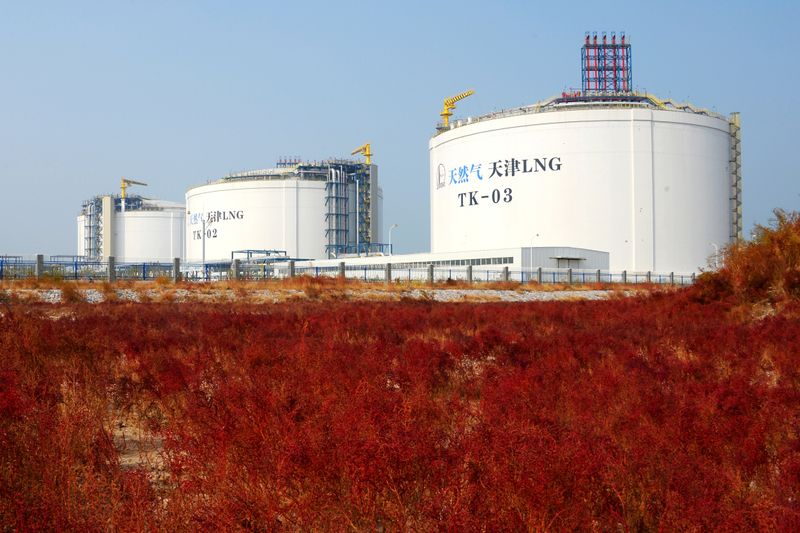A report from RBC Capital Markets shows that US prices continue to be supported due to cold weather conditions and higher demand for liquefied natural gas (LNG) as a feed gas.
The recent 8 to 14 day forecast suggests that the cold snap will continue and will mainly affect the eastern United States. This has prompted investors to turn their attention to how the supply side will respond to potential price spikes.
Current demand for natural gas is strengthening, and while higher prices could lead to some supply backlash, particularly from drilled but uncompleted wells (DUCs) and previously limited production, the trend of producer consolidation is expected to dampen any large production increases temper.
Public companies, which demonstrate a stronger commitment to capital discipline, are likely to avoid significant increases in output even as prices rise. This trend is evident in the reduction in rig numbers over the past five years in key regions such as the Marcellus, Utica and Haynesville, where 20 rigs have been cut down, 19 of them by public companies.
The latest weekly storage inventory data recorded a drawdown of 116 billion cubic feet (Bcf), which RBC viewed as bearish as it fell short of the consensus average expectation of a 128 Bcf drawdown. However, this pullback was still larger than both the five-year average of 104 Bcf and the 35 Bcf pullback in the same week last year.
Looking ahead, RBC expects that the next report could show a pullback in the range of 65-70 Bcf, which is slightly below the typical seasonal norm of 70-90 Bcf. The company also notes that the timing of holidays can affect these numbers.
This article was produced with the support of AI and reviewed by an editor. For more information see our General Terms and Conditions.


